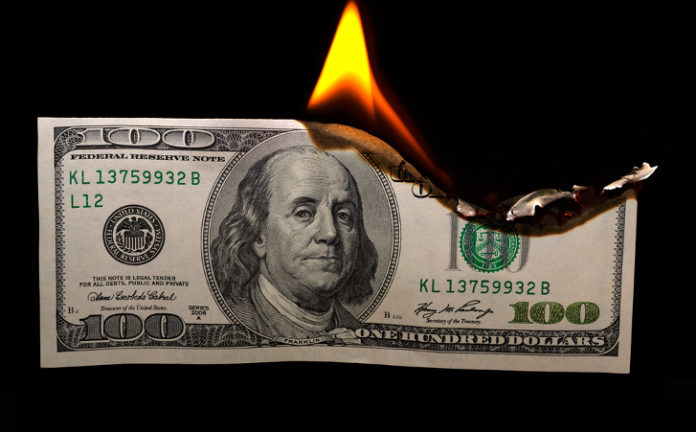
TO buy back shares or pay shareholders in cash dividends? That’s one of the happy brain teasers with which companies perenially wrestle. It is, though, especially relevant to the mining sector currently as the commodity cycle enters its high summer and cash is aplenty.
About of fifth of total votes cast at Sibanye-Stillwater’s annual general meeting last month were against its special resolution to buy back up to 20% of the firm’s stock. (It subsequently announced it would buy back a 5% block). That wasn’t enough to stop the resolution, but it does raise the question about whether buy backs are preferred.
“The argument is that shares only get bought back when a company has the cash to do it, and when companies have spare cash, their share prices are normally at the top of the market,” said James Wellsted, spokesman for Sibanye-Stillwater, which mines platinum group metals and gold.
Sibanye-Stillwater is making a mint from PGM production currently and said in its first quarter report in May that “future windfalls” were on the horizon. Whether it would go so far as to buy R36bn of its shares (20% of its R181bn market capitalisation) is unlikely.
Another company benefiting from sky-high PGM prices is Tharisa. Its CEO, Phoevos Pouroulis, told Miningmx that unlike the firm’s PGM peer group, Tharisa shares weren’t at anywhere near a peak, and in any case, the stock had been liquidity-constrained in the past. Having just seen the share get active, the very last thing it wants to do is reduce the shares in issue.
Arnold van Graan, an analyst for Nedbank Securities, said in a recent note that buy-backs in the PGM sector particularly were not a good choice for shareholders. Of eight share buy-backs between 1998 and 2009 involving Impala Platinum, Lonmin, Anglo American Platinum, and Aquarius Platinum – equal to R11bn in value – there had been a negative return of around 25% over three and five years.
Van Graan went further, however, by claiming that even cash dividends were also unwise at the current time, at least payouts that are “excessive”.
“We believe that if management teams want to deliver improved long-term returns to shareholders, they need to maintain stronger balance sheets and strike a better balance between capital investment and shareholder returns than they have in the past,” he said.
PGM prices are currently so high because there’s a lack of capacity to meet demand. That means more PGM production is required, or run the risk of permanently damaging demand. That, in turn, means PGM companies are heading into a period of capital intensity. According to Van Graan, dividends of R30bn in the PGM sector in 2020 exceeded capital expenditure of just under R20bn.
He believes PGM producers should “build up large cash buffers” which could be used to invest during times of cyclical downturn – not an outlook PGM firms believe is a likely prospect for the next five to ten years. But there would be longer-term benefits, argues Van Graan: “This should break the typical boom-bust cycle where companies go from paying special dividends and conducting buy-backs to accumulating vast amounts of debt and raising equity, to survive PGM price downturns”.
BUY BACK LOGIC
The logic behind a share buy-back or share repurchase is that firstly management has to believe its share price is cheap. If that’s the belief it then has to weigh up whether it’s better to pay out a cash dividend or buy back a share.
Buying back a share has the effect of reducing the shares in issue and boosting the size per share of future dividends, as well as earnings per share. The key, though, is the share in question represents good value. Get this wrong, and the value equation doesn’t marry.
Some investors also prefer a company to return cash so they can decide how to deploy it; after all, the money belongs to the shareholder, not the company.










